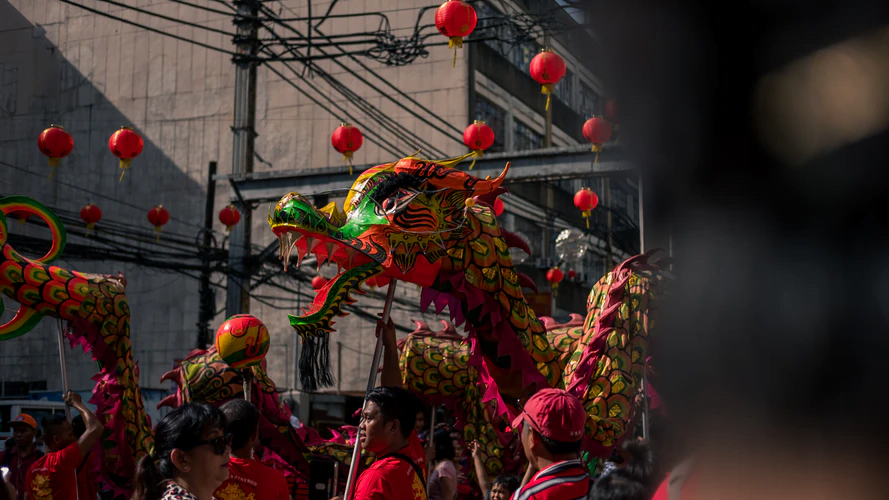Located in Eastern Asia, China is one of the most famous countries worldwide, especially for being the first in population and fifth dimensions. Yet, that’s not all. China is also extremely popular for its culture, customs, and traditions. Its rich culture’s popularity stretches to all the corners of the world.
The country has one of the most unique and vast cultures. Since the early beginning, Confucianism, Taoism, and Buddhism impacted the country and its culture. Each of them leaves a collective and lasting impression on the traditions and customs.
Let’s explore some of the most interesting facts about the glorious Chinese culture that will make you want to visit and see everything for yourself.

Language
The Chinese language is often referred to as one of the most challenging languages to learn. However, what truly makes it that complex is the fact that there are seven dialects of the Chinese language, and each of those has its variations.
The common language spoken in China is Mandarin, and nearly 71,5% of the population speaks it. It is the language used and favoured by the media, education, and government.
The other widely spoken language in China is Cantonese, used in areas like Hong Kong, Guangdong, Macau, and Singapore. The other languages spoken in China include Xiang, Min, Hakka, and Gan.
Religion and beliefs
Religion is a significant part of Chinese culture being the inspiration for most of the traditions and customs in the country. There are five official religions in the country, of which Taoism is the major one.
The other four prevalent religions include Buddhism, Islam, Catholicism, and Protestantism. An interesting fact is that any other faith apart from those five is considered illegal in the country.
Confucianism is also popular in the country, but it doesn’t represent an actual religion but rather a philosophy made of ethical values and beliefs.
Traditions and arts
Chinese art is one of the most unique forms of art from all around the world. The country’s rich spiritual and magical history and traditions profoundly impacted it.
From sculptures to paintings that represent different religious figures of Buddhism to specific musical instruments such as the flute-xun and the guqin, Chinese art is spectacular.
In China, dance is a highly diverse art form consisting of both traditional dance genres and modern ones. Chinese dance is one of the world’s oldest art forms.
And, according to Shen Yun, the world’s premier classical Chinese dance and music company “Traditional Chinese dance is more than a form of expressing personal emotions or feelings of the performers, it is also a mirror of the character and culture of the entire nation.”
Customs and celebrations
Chinese Culture is incredibly rich in traditions and celebrations, including Chinese festivals, Dragon Parades, Lion Dances, and the Chinese New Year, plus several national holidays very representative of the Chinese population.
The Chinese Zodiac represents another prevalent and interesting element of Chinese culture. The 12 animals in the Chinese Zodiac are based on the cycles of the moon, unlike the western calendar based on the solar cycle.
As one of the world’s oldest cultures, the Chinese culture is diverse, sophisticated, engaging, and worth learning about or even seeing with your own eyes.
